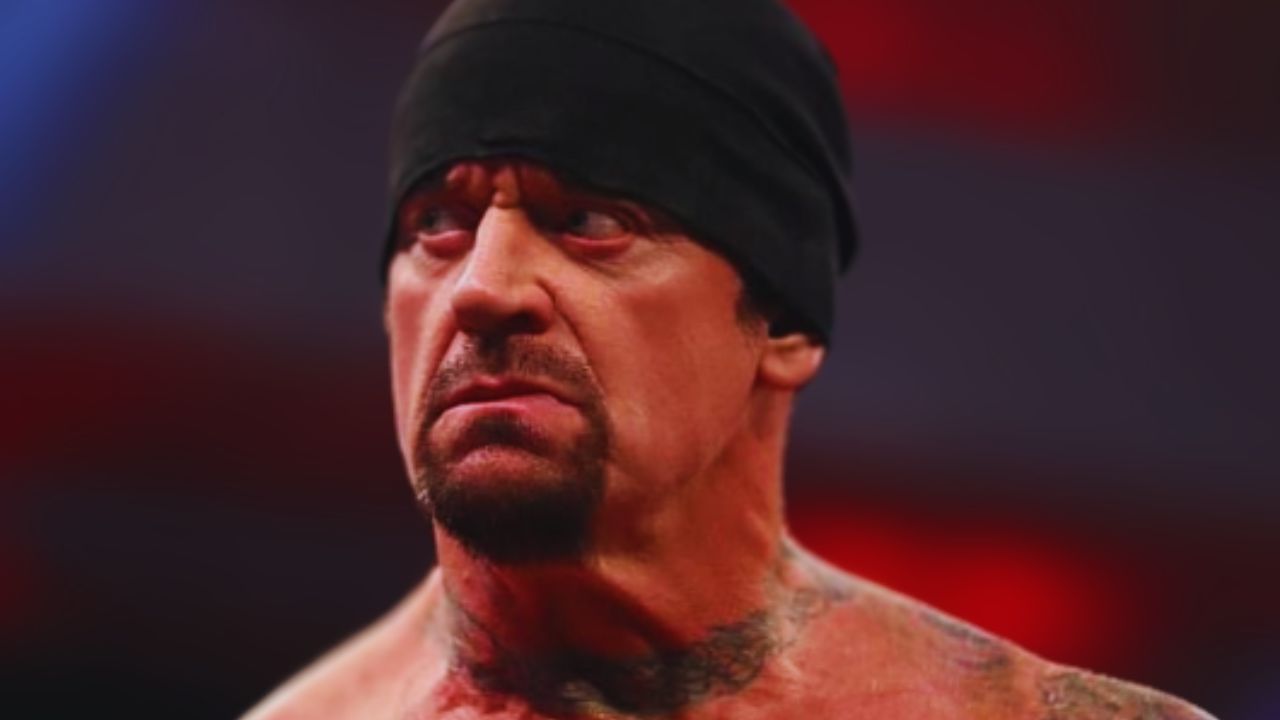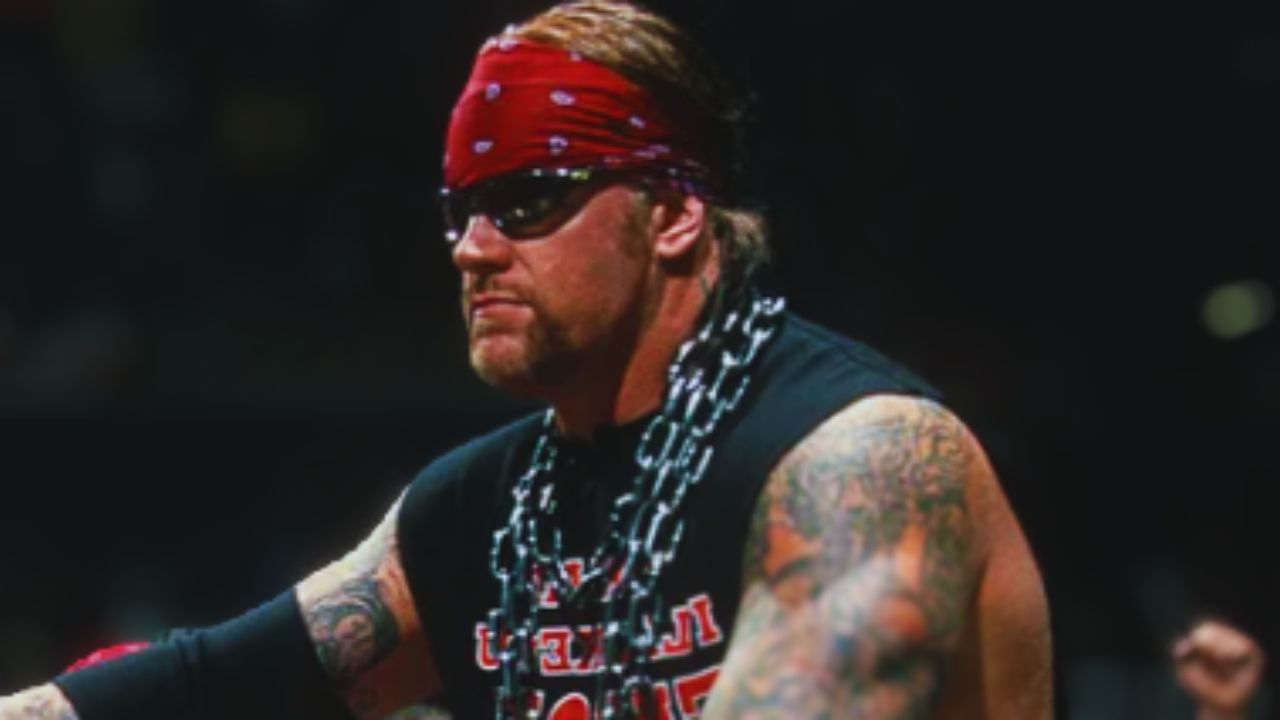Scott Hall vs. The Tombstone: The Untold Backstage Clash with The Undertaker
In a profession that spans decades, WWE Hall of Famer The Undertaker has a treasure trove of testimonies from his time within the ring. One such anecdote, previously untold till now, involves his sudden backstage conflict with the overdue Scott Hall, famously acknowledged to wrestling lovers as Razor Ramon. At the coronary heart of this story is one of the most iconic completing movements in wrestling records: The Undertaker’s Tombstone Piledriver.
On a latest episode of his podcast, Six Feet Under, The Undertaker shed light on an uncommon incident concerning Hall and the Tombstone. While Hall in no way outright refused to take the punishing flow, he had a unusual grievance about the manner the post-move series became treated. It wasn’t the physical effect that troubled Hall—it become the arm-crossing gesture that traditionally follows the Tombstone Piledriver.
“I get backstage and I’m like, ‘Dude, what’s up with the arms?’ And he goes, ‘Well, you know, man, I don’t wanna look like a jabron,’” The Undertaker recalled. In wrestling slang, a “jabron” is someone who looks weak or foolish. For Hall, being pinned with his arms crossed was just too much for his larger-than-life persona.
The trade among the two legends occurred all through a double-header event, with fits scheduled in both Scranton and Philadelphia. After the match in Scranton, Hall made his emotions known, refusing the arm-crossing part of the Tombstone pin. The Undertaker, pressured with the aid of Hall’s resistance, had an thrilling response.
“Dude, I beat everybody by crossing their arms. That’s just part of the gimmick,” The Undertaker explained to him, baffled by the objection. But Hall remained insistent, and The Undertaker decided to adjust his strategy for their next match in Philadelphia.
In typical Undertaker fashion, he devised a plan that would address Hall’s reluctance while making a memorable moment in the ring. “You’re not going to cross your arms? I’m going to pin you with one finger,” The Undertaker recounted with a chuckle.

(Image via Instagram)
But in the ring, things took an unexpected turn. As The Undertaker prepared to pin Hall with his one-finger approach, something changed. Hall, perhaps reconsidering his earlier stance, threw his arms up himself—performing the very action he had initially refused. “So I spiked him that night… I give him the spike, and as I’m getting ready to put my finger on his chest, he threw his arms up by himself. So I didn’t have to. I was like, ‘All right, he did the right thing,’” The Undertaker revealed with a sense of respect for his fellow Hall of Famer.
This quirky backstage story offers enthusiasts with a glimpse into the camaraderie, anxiety, and mutual admire that often characterizes professional wrestling behind the curtain. It additionally underscores the personalities and egos at play in an industry that flourishes on larger-than-life characters.
In another exciting insight, The Undertaker shared information about some other wrestling legend who performed a crucial function in extending his storied career. According to The Undertaker, it become his actual-life brother and WWE Hall of Famer Kane who compelled him to evolve his individual in the ring.
“Kane was the one who made me vulnerable,” The Undertaker stated, crediting the creation of Kane’s person as a key second in his personal career. As a person of identical size and electricity, Kane compelled The Undertaker to sell his actions in a different way, creating a greater layered and emotionally complicated model of the Deadman. This evolution allowed The Undertaker to adapt, preserving his person fresh and applicable for years to come.
As these memories reveal, the legacy of The Undertaker and Scott Hall goes a long way past the scripted moments fans see on television. It’s fashioned via these unscripted, at the back of-the-scenes interactions that depart an indelible mark on their personas and careers.




